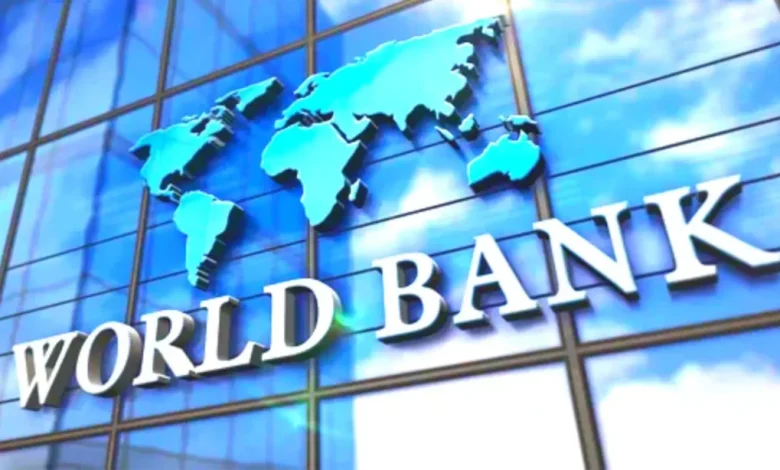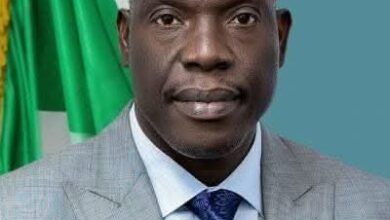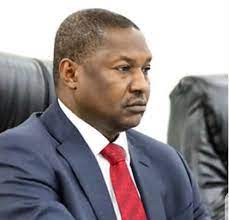World Bank puts current poverty rate among rural Nigerians at 75%

The World Bank says that the poverty rate among Nigeria’s rural population has reached an alarming 75.5 per cent, highlighting deepening inequality and widespread economic hardship across the oil-rich West African country.
The World Bank stated in its latest April 2025 Poverty and Equity Brief for Nigeria, that rural dwellers are overwhelmingly bearing the brunt of economic stagnation, inflation, and structural challenges that have characterised the country’s growth trajectory in recent years.
The data, derived from Nigeria’s most recent nationally representative surveys, show that while 41.3 per cent of the urban population lives below the poverty line, the figure for rural Nigeria is almost double.
The report noted that overall, 30.9 per cent of Nigerians lived below the international extreme poverty line of $2.15 per day in 2018/19, before the outbreak of COVID-19.
However, multiple economic shocks, mounting insecurity, and inflation have worsened poverty levels since then. World Bank projections now estimate that by 2024, over 54 per cent of Nigerians will be living in poverty.
The Bank stressed that poverty remains highly spatially unequal in Nigeria. In the 2018/19 period, the poverty rate in the northern geopolitical zones stood at 46.5 per cent, compared to 13.5 per cent for the southern regions.
“Based on the most recent official household survey data from Nigeria’s National Bureau of Statistics, 30.9 per cent of Nigerians lived below the international extreme poverty line of $2.15 per person per day (2017 PPP) in 2018/19 before the COVID-19 pandemic.
“Nigeria remains spatially unequal. The poverty rate in northern geopolitical zones was 46.5 per cent in 2018/19, compared with 13.5 per cent for southern ones. Inequality measured by the Gini index was estimated at 35.1 in 2018/19.
“Nigeria’s Prosperity Gap — the average factor by which individuals’ incomes must be multiplied to attain a prosperity standard of $25 per day for all — is estimated at 10.2, higher than most peers,” the report said.
These figures highlight the stark economic divide across different parts of the country, which has persisted despite various interventions aimed at inclusive growth.
In addition to rural poverty, the Bank’s brief revealed troubling trends across demographic groups.
Children aged between 0 to 14 years had a poverty rate of 72.5 per cent, while 63.9 per cent of females and 63.1 per cent of males were classified as poor at the lower-middle-income poverty line of $3.65 per day.
Education status also played a significant role in poverty outcomes. Adults without any formal education recorded a poverty rate of 79.5 per cent, while those with primary education experienced a 61.9 per cent poverty rate.
Local media reports quoted the report as saying that even among those with secondary education, 50.0 per cent still fell below the poverty line, whereas individuals with tertiary education fared comparatively better, with a poverty rate of 25.4 per cent.




